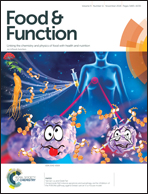
“Over the past twenty years, the acceptance and use of medicinal cannabis has increased in the United States. However, there is still a lack of education and comfort as it relates to the therapeutic uses of botanical cannabis and cannabidiol in pharmacy professional curricula. Professional training programs have failed to keep pace with the evolving national landscape and growing acceptance of this therapy.
PERSPECTIVE:
In this manuscript, the current landscape of pharmacy professional involvement in the dispensing and administration of medicinal cannabis throughout the United States is described. A concern exists that there is a knowledge gap among pharmacists and pharmacy students, as demonstrated by recent survey results, related to the pharmacology, dosing, administration, adverse effects, drug interactions, and monitoring of both medicinal and recreational cannabis use.
IMPLICATIONS:
While cannabis use is still considered illegal by the federal government, it is imperative pharmacy educators prepare the next generation of pharmacists to be knowledgeable on the safe and effective use and communication tactics related to cannabis. As a therapy garnering national attention with growing support for use, education on this topic must be included in pharmacy curricula and pharmacy continuing education.”
https://www.ncbi.nlm.nih.gov/pubmed/30497617
https://www.sciencedirect.com/science/article/abs/pii/S1877129717304860?via%3Dihub









